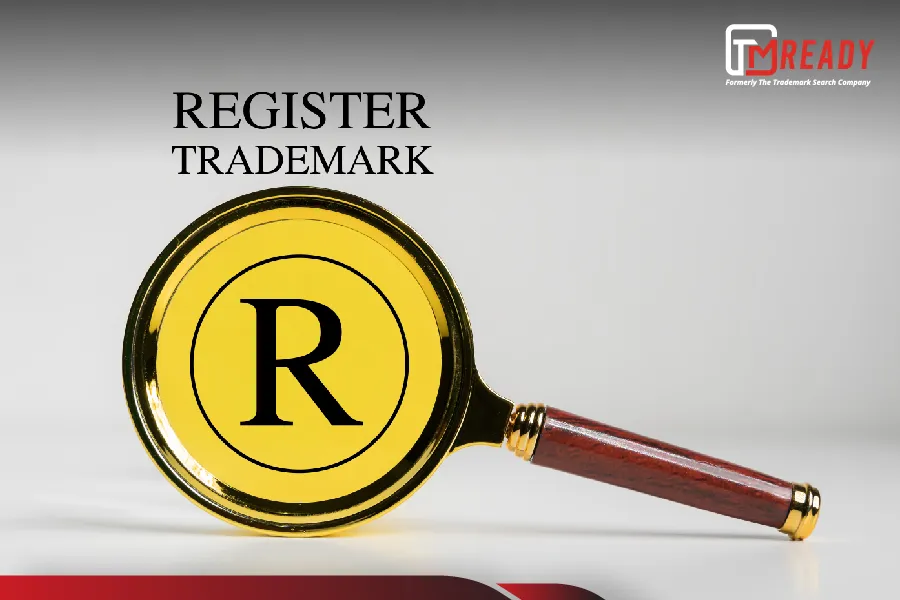In case you want a full-proof protection for your trademark and other business related intellectual properties then federal trademark registration is the best option to go for. However, not all marks are eligible to get a federal registration because there are certain parameters and if trademarks meet those parameters only then a federal approval is granted. In the next part of this article, we will underline those parameters that are necessary to get qualified for federal registration.
Attributes a Trademark should have to Qualify for Federal Registration:
Mark should have been used in Interstate commerce: To acquire federal registration of a mark with the U.S. Patent and Trademark Office (USPTO), it is important the mark (s) has been used previously in “interstate commerce”. In other words, we can say that getting a federal registration is possible only when the trademark’s owner has used that mark on a product or service that crosses state, national, or territorial lines in the jurisdiction of United States.
The trademark shouldn’t be same as or similar to an existing mark: Another important criterion to get qualified for federal registration is that it should not be same as or similar to an existing mark used on similar or related goods or service. The best way to judge the likelihood of similarity is by doing a thorough and full trademark search for the intended mark in respective database. Assuming that you have a business that’s operating from the jurisdiction of United States, the trademark search database provided by the U.S. PTO is the best database to assess the likelihood of similarity of your mark.
The trademark shouldn’t be on the list of prohibited or reserved names: As per the United States Trademark Statutory rules any or all marks can’t be deemed valid for federal registration. Section 2 of the Lanham Act or Trademark Act, 15 U.S.C. § 1052, provides many restrictions as to those trademarks that may not be federally registered in the United States Patent and Trademark Office’s (USPTO) Principal Register. There are many conditions but here is the one.
“Consists of or comprises immoral, deceptive, or scandalous matter; or matter which may disparage or falsely suggest a connection with persons, living or dead, institutions, beliefs, or national symbols, or bring them into contempt, or disrepute; or a geographical indication which, when used on or in connection with wines or spirits, identifies a place other than the origin of the goods and is first used on or in connection with wines or spirits by the applicant on or after one year after the date on which the WTO Agreement (as defined in section 3501 (9) of title 19) enters into force with respect to the United States.”
The whole list of prohibited or reserved names can be found here.
The trademark shouldn’t be too descriptive: To qualify for protection it’s mandatory that the intended mark is not too descriptive. In other words, we can say that a trademark should be distinctive enough to reduce the likelihood of confusion among buyers.
The trademark shouldn’t be Generic: Another important criterion that should be met while intending for federal registration is that the mark shouldn’t be generic enough to confuse consumers. Generic terms are those words or terms that are found in the dictionary, which identify products and services and are not specific to any particular source.









